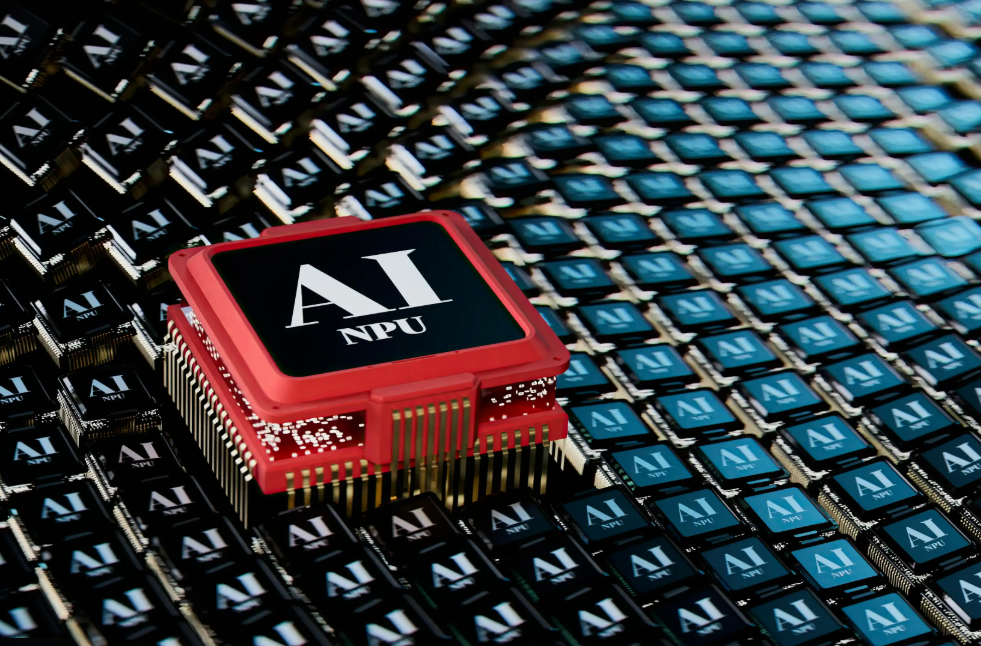Introduction
In 2025 the personal computing landscape is undergoing a major shift. The era of merely faster CPUs and bigger SSDs is being supplanted by machines designed to natively run AI workloads on-device. These so-called “AI PCs” are not just incremental upgrades: they represent a fundamental leap in how we compute, interact with our machines, and harness intelligent services.
What is an “AI PC”?
An AI PC is a personal computer (desktop or laptop) equipped with dedicated hardware – such as neural processing units (NPUs) or AI accelerators – and software frameworks designed to run generative AI, local inference, data-processing and more with reduced reliance on the cloud. Reuters
Key attributes include:
- On-device AI inference and sometimes training capabilities
- Smart features like real-time language translation, context-aware assistants, automatically organised data
- Improved privacy (since data needn’t always be sent to the cloud)
- Lower latency for intelligent tasks (since less network round-trip)
Why are they trending now?
Several forces are aligning to make AI PCs a mainstream reality:
- Advancements in NPU and accelerator-chip design make on-device AI more affordable and power-efficient.
- Software frameworks and operating systems increasingly support local AI models, making it feasible for consumer/enterprise machines to run tasks formerly reserved for the cloud.
- The pandemic-driven shift to hybrid work has increased demand for smarter personal devices that can adapt, automate and assist.
- Hardware makers are using AI PC features as a differentiator in a market where traditional PC upgrades (faster CPU, more RAM) no longer excite users.
Implications for users and organisations
- For individuals: Expect richer experiences – your PC could summarise documents, detect context, assist in creative tasks, or run lightweight ML models without needing a server.
- For businesses/IT: Endpoint computing becomes smarter; devices transform from passive tools into proactive assistants and possibly reduce cloud-compute loads.
- For manufacturers: This opens new revenue streams (AI licences, dedicated hardware) and opportunities to build ecosystems (hardware + AI services + device software).
- For privacy and security: On-device AI moves data-processing closer to the user, reducing some cloud-risks – but it also raises new issues (e.g., model-update security, local model vulnerabilities).
Challenges and considerations
- Thermal/power constraints: Running complex AI on a laptop still uses significant power; managing this in slim-form-factor PCs remains a challenge.
- Model updating and maintenance: On-device AI means updating models and securing them becomes part of device lifecycle management.
- Ecosystem fragmentation: Not all vendors will adopt standards; compatibility between NPUs, frameworks and OS ecosystems may fragment.
- Cost vs benefit: Early AI PCs may carry a premium; end-users will judge whether the added intelligence is worth the extra price.
What to watch for in 2025-2026
- Shipment volumes of AI PCs: Analysts expect a steep rise as adoption increases.
- Software frameworks pushing for local AI: More applications enabling “offline AI assistant” features.
- Convergence of AI PCs + edge computing devices: The line between PC, tablet, edge-node begins to blur.
- Use cases beyond consumer: In business, education, healthcare, field-service devices become smarter with embedded AI.
How Neutron Computers can position itself
As a specialist in high-performance and custom-built computing solutions, you can leverage this trend by:
- Curating and offering “AI PC ready” systems: with certified NPUs/accelerators and software support.
- Educating customers: Blog posts (like this one), workshops, demos to help clients understand on-device AI potential.
- Bundle services: Hardware + setup of local AI workflows, privacy-first configurations, enterprise-grade support for on-device AI deployments.
Conclusion
The “AI PC” isn’t just a buzz-phrase — it signals a shift in how we conceive of personal and business computing. By bringing intelligence directly into the device, the promise is smarter, faster, more private interactions. For a company like Neutron Computers, it’s an opportunity to lead in this next wave of computing by crafting solutions that are truly future-ready.
